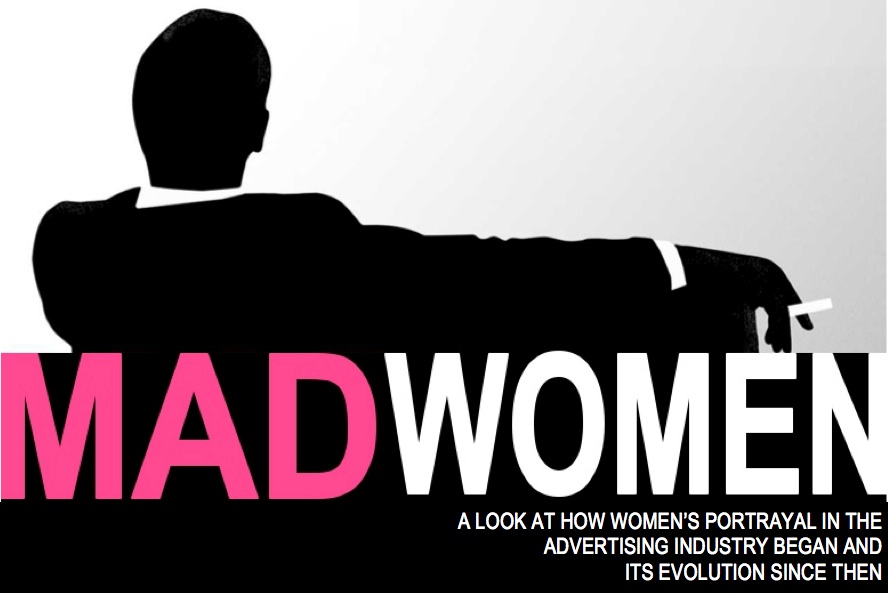1687: The first American printing press and newspapers were created in Philadelphia and New York. With the increase circulation of the newspapers, businesses began promoting their goods through advertisements (Presbery 117).
Late 17th Century: First indication of sexism in advertising. Wealthy male journalists, or "postmasters" largely held control over advertising content, and began dictating gender roles for females through the selling household goods, and using sexuality as a tool increase sales (Presbery 210).
1847- The Advertising industry explodes to 11 million in over 2,000 American newspapers. The huge increase of advertisements allowed for advertisements to affect culture in a way that they never had in the past. (Presbery 210)
19th Century- The 19th century was noted as a largely patriarchal time in which females were exclusively portrayed as obedient housewives and keepers of the household (Presbery 225).
Early 20th Century: Advertising agency begin to employ a large number of women, allowing for their entrance into a white collar job (Kurtz 39).
1920s- Women started to become economically independent as a result of taking over male jobs during the war (Parks 39). The economic growth of women caused a shift in how they were portrayed in the media.
1980s-1990s- Gender equality had reached a high point in society that advertisements could no longer solely rely on the "domestic housewife" image of women that they had adopted for centuries. This shift forced businesses and advertising firms to reevaluate how they would represent women in the media (Parks 39).
Parks, Joy. "Mad Women." Herizons. (2009): Print.
Presbrey, Frank. The History and Developement of Advertising . New York: Greenwood Press, Publishers, 1968. Print.
Kurtz, Jan. "Dream Girls: Women in Advertising ." USA Today . 125.2620 (1997): Print.

